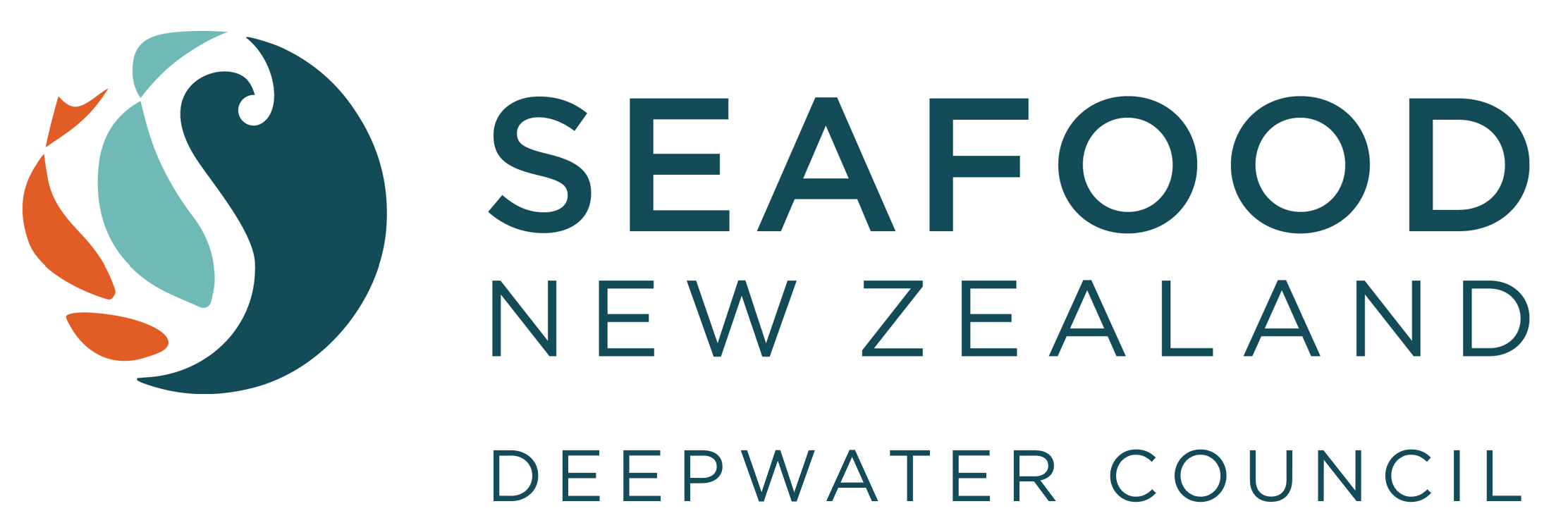Sage wants NZ sea lion decline reversed
(reposted from the NZ Herald) 22 February 2018
/arc-anglerfish-syd-prod-nzme.s3.amazonaws.com/public/IGJAGEDRDFCMRITH52OSRXD2BE.jpg)
Conservation Minister Eugenie Sage wants the decline of New Zealand's iconic sea lion reversed, with pup numbers having fallen by 40 per cent in just 20 years.
Sage is visiting the Antipodes Islands, part of the subantarctic islands where the now critically endangered New Zealand sea lion was once common.
The number born in the islands was on par with previous counts over the past nine years, which was important for a species classified as threatened as the kakapo, Sage said.
Researchers and volunteers have recently returned from the Auckland Islands and Campbell Island where they have been carrying out research for the Conservation Service Programme and New Zealand Sea Lion Threat Management Plan.
At the main breeding site in the Auckland Islands, an estimated 1792 pups were born this season, slightly fewer than last year (1965), while 734 pups were counted at Campbell Island, more than the last pup count in 2015 (696).
"While pup numbers are slightly lower at the Auckland Islands, researchers say this is in line with normal fluctuations," Sage said.
More pups survived this season with pup deaths at about 5 per cent, which was less than the 9 per cent recorded last year.
Pups getting stuck in mud holes could cause pups to die on Campbell Island, although the overall mortality rate on the island appeared to be lower this season.
/arc-anglerfish-syd-prod-nzme.s3.amazonaws.com/public/NS5ZHKIUEJB4BMDYWZND2WX2YU.jpg) Sea lions face a range of natural and human threats, such as disease, being caught in fishing trawl nets, environmental change, food availability and predation by sharks. Photo / Gareth Hopkins, DOC
Sea lions face a range of natural and human threats, such as disease, being caught in fishing trawl nets, environmental change, food availability and predation by sharks. Photo / Gareth Hopkins, DOC
"Reduced pup mortality is good news but the current season's pup population on the main breeding colony is still around 60 per cent of what pup population was in 1998."
New Zealand sea lion numbers had declined "significantly" over the last 20 years, Sage said.
"We need to reduce human related impacts on sea lions; including being caught in fishing trawl nets."
"Death of adult female sea lions means that pups onshore starve, as well as removing a breeding animal from the population.
"It's critical to continue closely managing the threats to these iconic marine mammals."
Sea lions were managed through the NZ Sea Lion Threat Management Plan, which set out a five-year programme of work, research and monitoring.
"I really want to see the Threat Management Plan result in sea lions thriving and no longer categorised as threatened.
"We need to do more to prevent fisheries related deaths as well as threats on land.
"Fisheries Minister Stuart Nash's initiative to increase observer coverage and reduce the number of sea lions that could be killed in fishing this season from 68 to 38 before the fishery is closed is a good start.
/arc-anglerfish-syd-prod-nzme.s3.amazonaws.com/public/ZMZ2NBI4ARBYLCO4MOBQRH3DOM.jpg)
"It is still too many, given that sea lions are as threatened as the kakapo."
Forest and Bird oceans advocate Anton van Helden said one sea lion had already been reported killed in the fishery this year.
"That means her pup will die of starvation on shore, and next year's pup which she will be pregnant with will never be born - three lives in one hit."
"Other deaths are likely going unreported because the experimental Sea Lion Exclusion Devices (SLEDs) usually cause animals to be ejected out of the net without confirmation whether she survived or not."
Authorities had stated that no single factor was driving the decline of the species – but he argued there was still a need to focus on what could be prevented.
"The single greatest man-made threat to this population is the squid trawl fishery," he said.
"Without significant changes to this fishery, slowing or stopping the decline is unlikely over five years, and does not bode well for 20 years on."
But George Clement, chief executive of industry body Deepwater Group, said the single mortality recorded had come in a season where vessels had been observed 87 per cent of the time – amounting to more than 500 tows.
"We fully support full observer coverage to transparently monitor interactions with sea lions in this fishery."
Clement said captures of sea lions by fishing were at historically low levels, estimated to be around 10 adults per year.
But in the main colonies at the Auckland Islands, an estimated 5 per cent of pups died in their first few weeks – around 170 pups.
In the Campbell Island population, 40 to 60 per cent of pups were estimated to die in their first few weeks of life, due to drowning or becoming stuck in holes and starving.
"This equates to an estimated 280 to 420 pup deaths here each year," Clement said.
"The Department of Conservation and the seafood industry, through Deepwater Group, are working together to find fixes to this."
